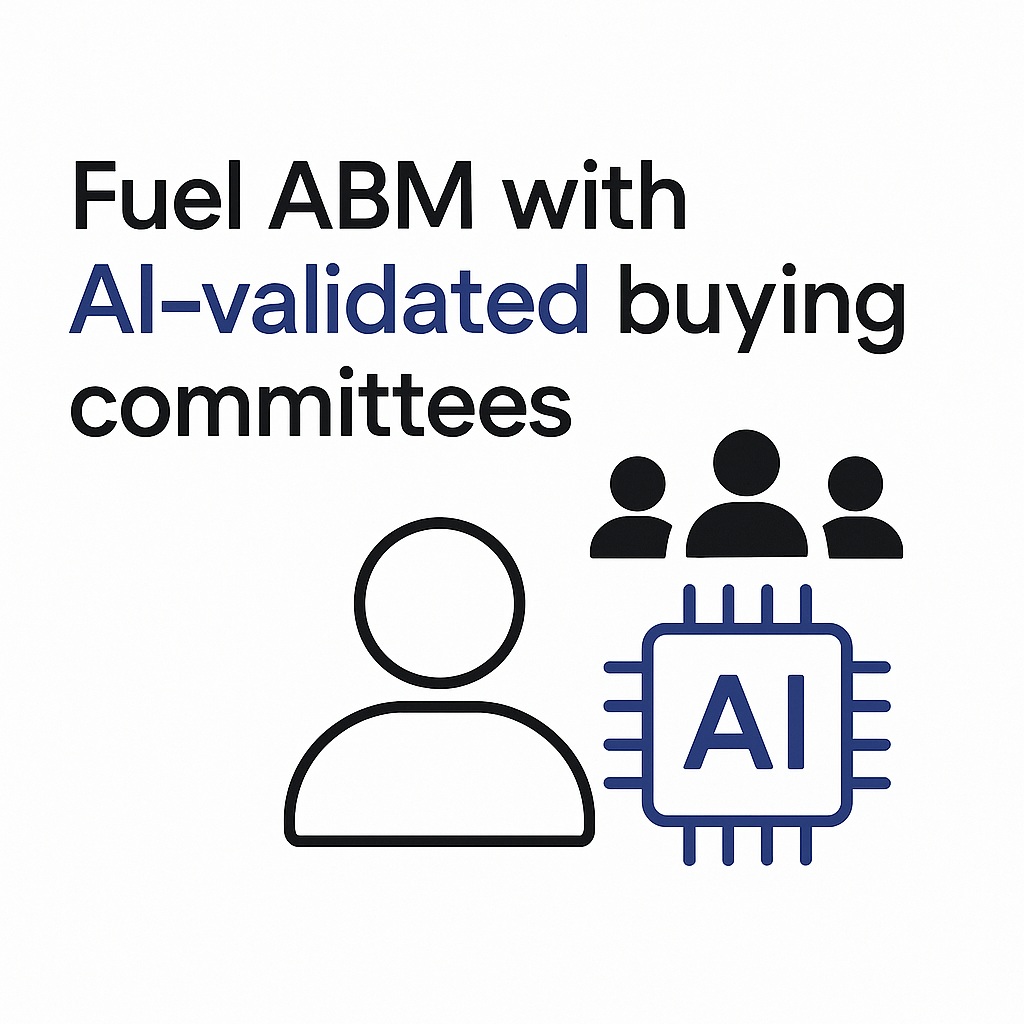Lead scoring is not the same as goal scoring, but scoring leads properly can help hit your sales goals. This article will dive into some examples of lead scoring as well as what it is and how company use scoring to help qualify leads.
Let's say your company sells IT services to small and medium-sized businesses. You might want to develop lead scoring criteria based on information about the size of the business (for example, number of employees), its location (for example, metro area or rural), and its industry (technology). We'll use this example later on in this post to show how these factors might contribute to a higher quality score.
What is Lead Scoring?
Lead scoring is a process that helps determine which leads are more qualified to become your customers. Lead scoring is one of the most important sales tools you can use, because it allows you to identify qualified leads that are most likely to become customers. In other words, lead scoring helps you convert leads into customers.
Scoring leads is a way to measure the worth of leads (potential customers). It's an important part of any marketing and sales process because it helps decide who gets called first.
Leads are typically stored in a database with information about them, such as their name and email address. Lead scoring assigns those leads points based on several criteria, such as:
- Their past behavior with your brand, including how often they've interacted with you online or whether they have reached out to customer service before.
- The amount of time between when they signed up for updates from your company and when they actually bought something from you. This can help determine whether prospects are serious about buying products or services offered by your company and when they're likely to do so.
How Do You Score Leads?
Lead scoring is be a beneficial way to prioritize your sales pipeline, with the added benefit that it can help you identify high-value leads and undervalued segments.
To get started, you'll need to segment your leads based on qualifying factors such as:
- Geography
- Company size
- Industry
Then, assign a quality score for each lead based on these factors (e.g., 1 point for every employee at the company; 2 points if they're in the same industry). This will give you an idea of which companies are most likely to buy from you and help prioritize your efforts accordingly.
Let's say you have a list of leads and you want to know if they are qualified. This means that you want to be able to determine if they are likely to buy from you or not.
You already know that there are several factors that may influence your lead qualification decision, including:
- Location (where is the lead located?)
- Number of employees at the company (how big is it?)
- Industry (does this company do what I do?)
These are called qualifying factors.
Qualifying Factors
In addition to using lead scoring, you may also want to segment your leads by qualifying factors. Qualifying factors are the characteristics of your leads that you use to segment them. They can be anything relevant to your business and prospects—demographic, geographic, psychographic (what’s important for them) or behavioral (what they do).
Lead qualification comes at two levels: first in how they're generated; then again as they're scored against a set of predetermined criteria.
Your sales team looks at each lead's qualifying factors to segment them from the other leads. They may assign a quality score to each lead based on these factors. Qualifying factors are things like location, number of employees, and industry.
Qualifying Scores
Quality scores typically range between 1 and 100, but they can be as low as zero or as high as infinity. The higher a quality score is, the better it is for your salespeople—it means that this particular prospect has a higher likelihood of becoming a customer than other prospects in their pipeline have (or do not have).
A quality score lets you see which leads are more likely to become customers. A lead with a high quality score is more valuable than one with a low one because it means that this person will probably buy from you if approached by one of your representatives (but no guarantees!).
Example of Lead Scoring
If you're new to lead scoring, here are some examples of ways you can score leads based on the factors that matter most to your business.
- Location: If you're a local business and don’t want to spend money on travel costs or long-distance phone calls, you will probably prefer leads within a certain radius of your office location. You might also want to consider how far away they are willing to travel for a consultation with one of your salespeople (i.e., is it reasonable for them to go 20 minutes away, or would they rather come closer?).
- Number of Employees: If your company only works with large companies that have at least 100 employees, then this could be an important factor in determining whether or not these prospects are likely to become customers. It may also influence which vendors should be used when doing onboarding calls for these prospects (if any).
For example, your company, an IT service provider that sells to small and medium-sized businesses, has generated a new lead for a mid-sized financial services firm with 100+ employees in the metro area. You want to make sure this lead is given the best chance of being converted into a sale. However, you also don’t want to waste resources on leads that have no chance of becoming customers. So you can score this new lead higher than another one from a 100-employee company in a rural area whose services are mostly used by individuals or families. You'd give the latter low marks and focus on leads that have a high probability of becoming customers.
Lead scoring allows you to determine which leads are most likely to convert into customers. You can then use these scores as part of an overall strategy so that when you look at large amounts of data at once (like hundreds or thousands of records), it will help you prioritize where your time and effort should be focused first. This allows sales teams to focus on those who have higher potentials for conversion while freeing up time for other activities like reaching out via phone calls or emails instead of sending out postcards or cold calls asking if they need help with their technology needs even though they already said they didn't want any assistance (again).
Using Past Experience to Turn Similar Businesses into Customers
When you have a lead generation program in place, you can use your past experience to determine what is a good lead. For example, if you’ve been in business for a while and have data on the number of phone calls required per customer or the average length of time it takes for an email inquiry to turn into a sale, then those numbers can be used as benchmarks for determining whether a particular lead is worth following up on.
Once you know how many leads are required to get one sale from each source, then it becomes much easier to estimate how many sales will come from each source over time. For example, if your company gets one sale every 3 months from its website and two every year from its social media channels (Twitter), then this means that there will be three total new customers in 2019; four total new customers in 2020; six total new customers in 2021; and so on.[1]
The goal is to find ways to make better use of your sales team's time by informing them about the quality of individual customer leads before they even make contact with them. A good score will help you identify qualified leads so you don't waste time pursuing unqualified ones, which may take up precious resources that could be better spent elsewhere.
Related: How to Target Ideal Customers
What Qualifies as a Good Score?
A good score is one that helps you identify qualified leads. But what does "qualified" mean?
In the context of lead scoring, a qualified lead is someone who's likely to become a customer. If your goal is to generate revenue, then it's important that you're able to identify which people are most likely to buy something from you. A good score helps you do this by identifying those potential customers who are most likely to become paying customers in the near future—or at least very quickly after they receive an offer or contact from your company.
Conclusion
Lead scoring helps you determine which leads are most likely to become customers. It identifies qualified leads that are more likely to become customers, and it helps you identify the most qualified leads among all of your prospects.
Lead scoring can also help you identify the least qualified leads among all of your prospects.
Lead scoring is a crucial part of any lead generation campaign.
Related: How to Generate Great Leads




















